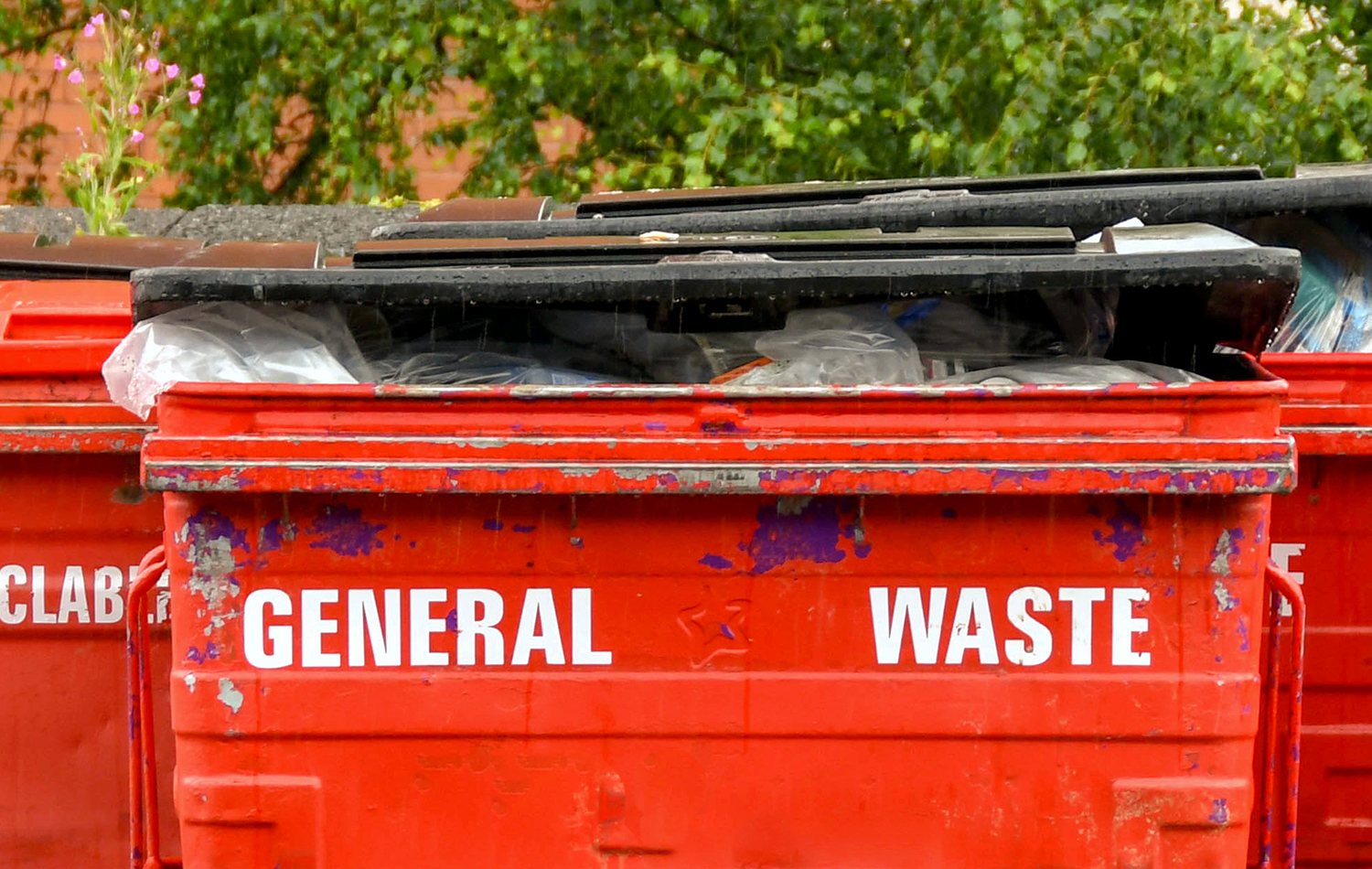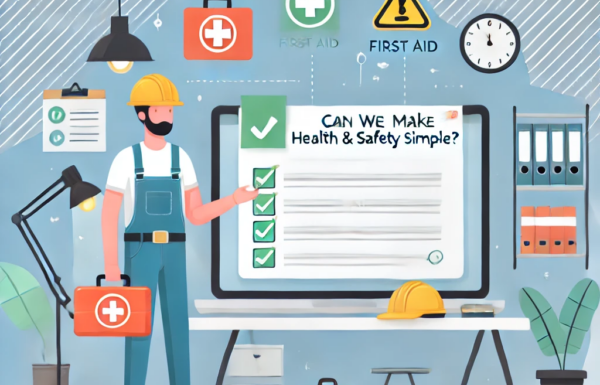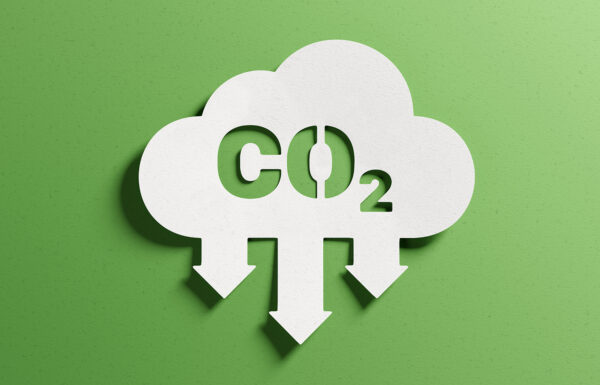
99% of the time, the answer is yes. Any business that produces, handles or disposes of ‘controlled waste’ has a Statutory obligation to hold a Waste Transfer Note (WTN) under Duty of Care legislation. If you produce waste, but are not responsible for its disposal, for example, an office block where there are communal bins in the basement managed by a facilities management company, then the point of Duty of Care in relation to containment and transfer notes sits with the facilities management company. However, you are still responsible for making sure the waste is being correctly handled.
‘Controlled waste’ is effectively all waste that arises from business premises. This includes waste that is collected for recycling as well as waste that is disposed of to landfill or incineration.
The Waste (England and Wales) Regulations 2011 requires you to:
- Ensure waste is stored correctly, i.e it must be properly contained
- It is only collected by registered waste carriers (unless being moved by the waste producer’s own vehicles)
- All collections are covered by a valid Waste Transfer Note that includes a written description of the waste to enable anyone handling it to do so safely and appropriately
- Records of transfers of waste are kept for at least two years (3 Years for Hazardous Waste)
- Waste is only taken to an authorised facility that has the necessary waste management licensing – ignorance of the disposal site is no defence if your waste is found fly tipped.
A WTN must be completed and signed by both the person handing over the waste and the person receiving it. It must contain enough information about the waste for it to be handled safely and either recovered or disposed of legally.
Remember! – The person signing the WTN is responsible for ensuring the correct waste that matches the WTN Description is leaving site. This could mean you may be personally liable for any deficiencies regarding the contents of the WTN if challenged by the Environment Agency.
Don’t let this be you!
Simple Steps to follow
- Ensure a brief written description of the waste being transferred is on the WTN.
- Ensure the correct European Waste Code (EWC) for the waste is present.
- Include an indication of how the waste is contained. Eg. is it loose, in a sack, skip or drum?
- Make sure A Standard Industry Code (SIC) is identified .
- Include A tick box to state that the waste hierarchy has been used (required from 28th Sept 2011).
- Identify the amount of waste being passed on, for example the number of sacks or other containers, the volume of waste or its weight.
- List your name & the organisations name to identify that you are the producer of the waste.
- List the name of the person you are passing the waste to and their status, for example a registered waste carrier, including their registration number.
- Give the address where you passed the waste to the other person as well as the date and time that you gave him the waste.
- Be signed by both parties and be kept for at least two years.



























